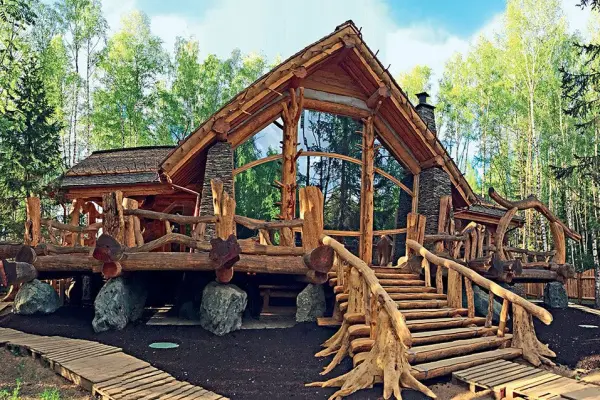In 2025, construction with cylindered logs is becoming increasingly popular among those who value environmental friendliness and comfort. According to research, about 25% of countryside property owners in Europe choose housing made of cylindered logs. Why? Just look at the numbers! The global wooden house construction market is valued today at $80 billion, with 30% specifically attributed to log homes. By the way, houses made of cylindered logs create a special atmosphere of coziness, provide a favorable microclimate, and save money on heating. Let's look at the details of why housing made from cylindered logs deserves your attention.
Main Advantages of a Cylindered Log House
Building housing from cylindered logs has a number of significant advantages. Last year I visited several country real estate exhibitions and noticed that about 70% of the exhibits were dedicated specifically to log houses. This is no coincidence!
Construction with cylindered logs provides an excellent balance between price and quality. One short sentence says it all. Let's look at the main advantages and disadvantages of cylindered logs for those who are considering building their own home.
Environmental Friendliness and Natural Material of Log Houses
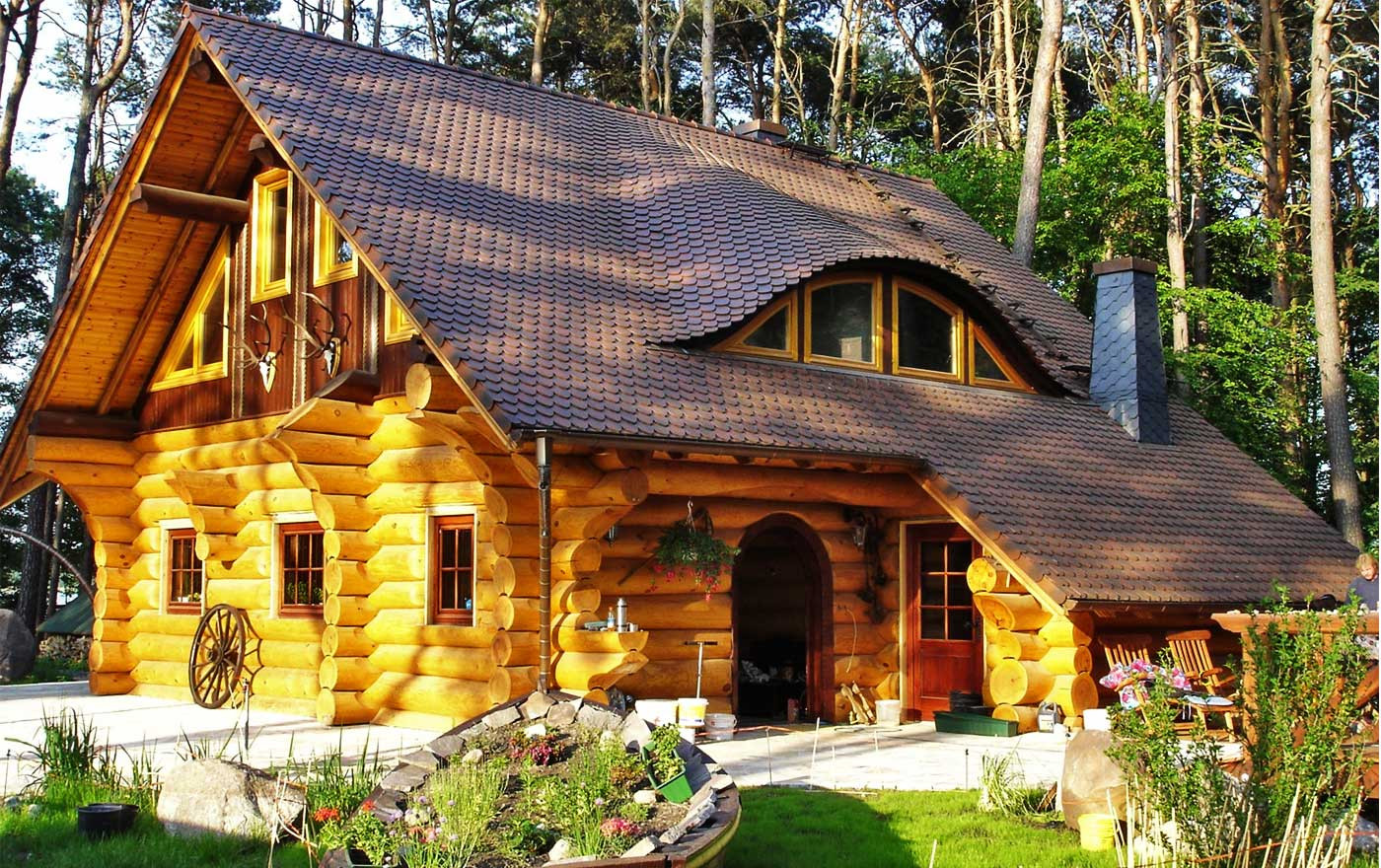 The environmental friendliness of a wooden house is not just a fashion trend, but a real concern for health. Cylindered logs are 100% natural material that does not emit toxic substances, unlike many modern building materials. A log cottage creates a healthy atmosphere in the house, like an internal oasis amidst urban smog.
The environmental friendliness of a wooden house is not just a fashion trend, but a real concern for health. Cylindered logs are 100% natural material that does not emit toxic substances, unlike many modern building materials. A log cottage creates a healthy atmosphere in the house, like an internal oasis amidst urban smog.
According to World Health Organization studies, living in a house made of natural materials reduces the risk of developing respiratory diseases by 23%. Wood resins release natural phytoncides that purify the air and have a beneficial effect on the human respiratory system.
The microclimate in a wooden house is formed naturally due to the ability of wood to "breathe." Cylindered logs maintain an optimal level of humidity in the room (45-55%), creating comfortable living conditions at any time of the year. Housing made of cylindered logs is an investment in your health and comfort.
Thermal Insulation and Energy Efficiency of Log Houses
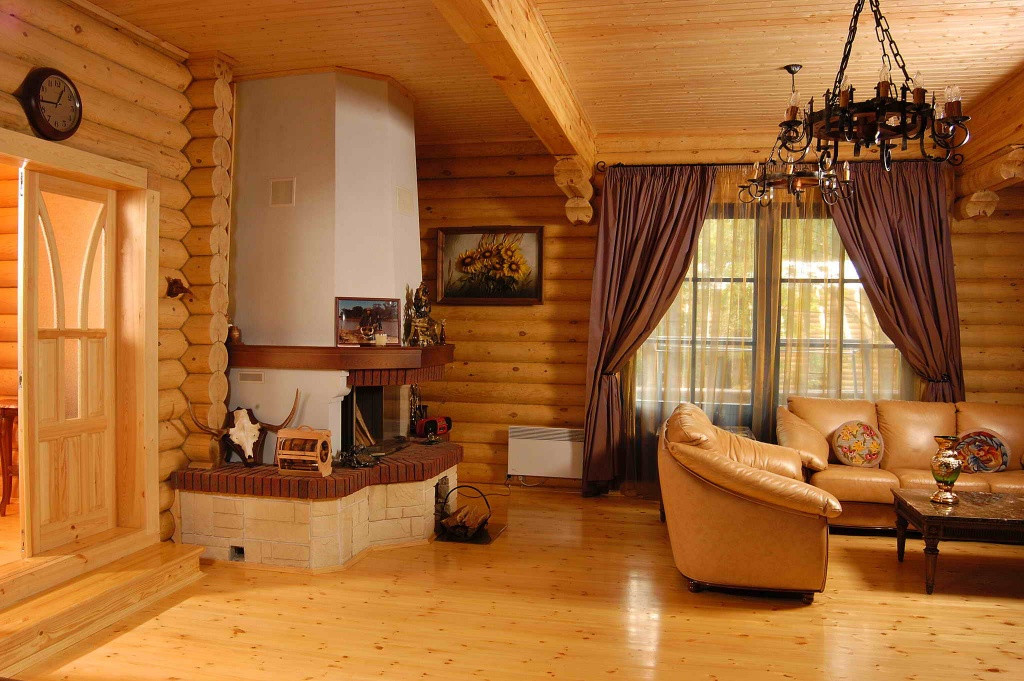 The thermal insulation of cylindered logs is one of the key advantages. The natural properties of wood make it an excellent thermal insulator. A wooden wall 24 cm thick is equivalent in heat-saving properties to a brick wall 50 cm thick!
The thermal insulation of cylindered logs is one of the key advantages. The natural properties of wood make it an excellent thermal insulator. A wooden wall 24 cm thick is equivalent in heat-saving properties to a brick wall 50 cm thick!
The energy efficiency of a wooden house allows for significant savings on heating. In my experience, heating bills in a log house are 20-30% lower than in a similar-sized brick house. It's like a bonus check every month of the heating season.
| Material | Thermal conductivity coefficient (W/m·K) | Wall thickness for equal thermal insulation (cm) | Relative energy efficiency |
|---|---|---|---|
| Cylindered log (pine) | 0.09-0.12 | 24-30 | High |
| Brick | 0.56-0.81 | 50-80 | Low |
| Foam concrete | 0.18-0.28 | 30-45 | Medium |
| Frame construction with insulation | 0.04-0.06 | 15-20 | Very high |
| Concrete | 1.1-1.5 | 120-150 | Very low |
This table clearly shows that cylindered logs have excellent thermal insulation properties, second only to special frame structures with insulation. However, unlike frame houses, log houses have greater thermal inertia, which helps maintain a stable temperature inside the room.
Speed and Cost-Effectiveness of Building a House from Cylindered Logs
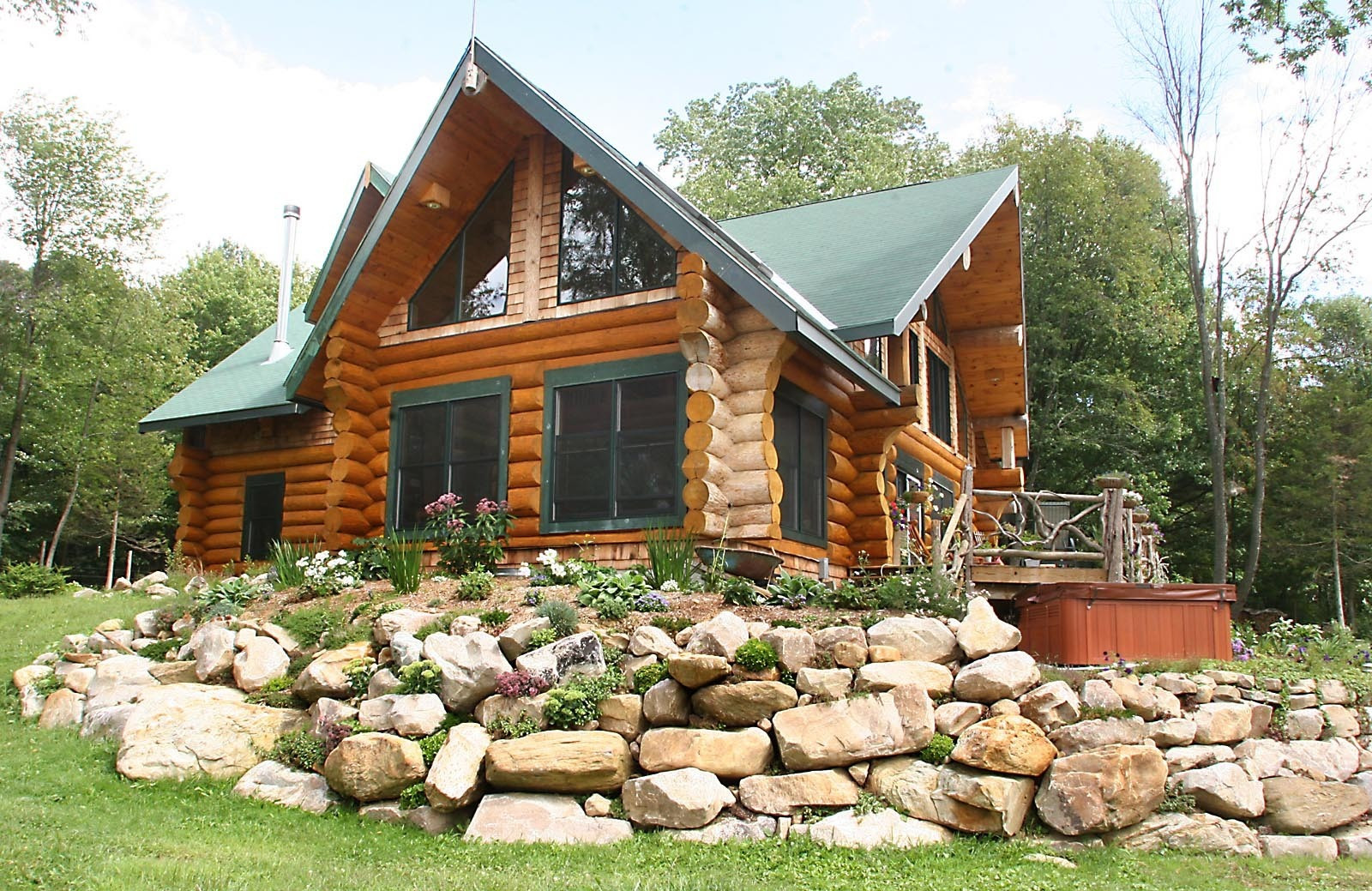 The speed of construction with logs is an important advantage for those who don't want to spend years building a house. Modern technologies allow assembling a log house with an area of 120-150 m² in 3-4 weeks. Honestly, many don't believe it when they hear such timeframes, but it's really possible thanks to factory processing and preparation of all elements.
The speed of construction with logs is an important advantage for those who don't want to spend years building a house. Modern technologies allow assembling a log house with an area of 120-150 m² in 3-4 weeks. Honestly, many don't believe it when they hear such timeframes, but it's really possible thanks to factory processing and preparation of all elements.
Turnkey log house construction usually includes several stages:
- Design and site preparation
- Foundation laying (often a lightweight type is used)
- Assembly of walls from cylindered logs
- Installation of roofing and windows
- Interior finishing and communications
Each stage, with proper organization, is performed quickly and efficiently. As a result, you get a ready house in a few months instead of a year or two, as with the construction of a brick house. How often does the log need to be treated? After construction, treatment is carried out immediately, then after 2-3 years, and in the future - every 5-7 years, depending on the climatic conditions of the region.
In 2018, the Johnson family from Minnesota decided to build a house from cylindered logs, inspired by Scandinavian traditions. They chose pine with a diameter of 26 cm to minimize heating costs in harsh winters. The 120 m² project was assembled in 3 weeks thanks to precise log processing. The family notes the coziness, quietness, and aroma of wood, creating a special atmosphere. Over 5 years of operation, heating costs decreased by 25% compared to their former brick house. The only difficulty is regular treatment with antiseptics every 3 years, but the Johnsons consider this a small price to pay for environmentally friendly and comfortable housing.
Aesthetics and Unique Design of a House Made from Cylindered Logs
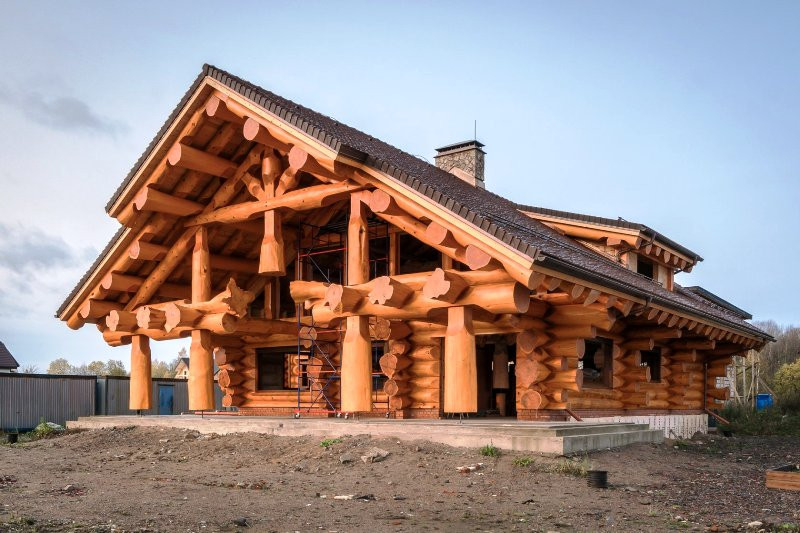 The aesthetics and natural texture of wood create a unique appearance and character for the house. Cylindered log house projects can be very diverse - from a classic Russian cottage to a modern Scandinavian chalet. The style of Russian wooden house building impresses with its beauty and functionality.
The aesthetics and natural texture of wood create a unique appearance and character for the house. Cylindered log house projects can be very diverse - from a classic Russian cottage to a modern Scandinavian chalet. The style of Russian wooden house building impresses with its beauty and functionality.
The coziness in a wooden house is something that is difficult to put into words; it needs to be felt. Wood creates a special atmosphere that reminds of nature and natural beauty. The fresh smell of wood is like a breath of forest air in your own home.
Savings on interior finishing is another pleasant bonus. In most cases, interior walls made of cylindered logs do not require additional finishing; it's enough to simply cover them with a protective composition that preserves the natural appearance of the wood. To be honest, many owners of log houses specifically leave the walls without finishing to enjoy the unique texture of the wood.
Who Is a House from Cylindered Logs Suitable For?
Construction from cylindered logs can be an ideal solution for various categories of builders. A small log house will suit singles or childless couples who value compactness and functionality. In such a case, the layout is chosen individually, according to the needs and preferences of the owners.
Housing made of cylindered logs remains a relevant choice for many, and there are good reasons for this:
- Low cost - one of the most budget-friendly options for building housing, especially compared to brick or monolithic houses.
- Environmental friendliness of a wooden house - wood is a completely natural material that does not cause allergies and has a beneficial effect on health.
- Attractive design - houses made of cylindered logs please the eye with their appearance, nobility, and natural beauty both outside and inside.
- Possibility of use for different purposes - from a guest house or summer cottage to permanent comfortable housing.
For families with children, a log cottage also becomes an excellent choice due to its favorable microclimate and ecological safety. In addition, wooden houses are like a natural filter for mood; they create an atmosphere of coziness and tranquility, which is important for the harmonious development of children.
Cost of Maintenance and Operation of Log Houses
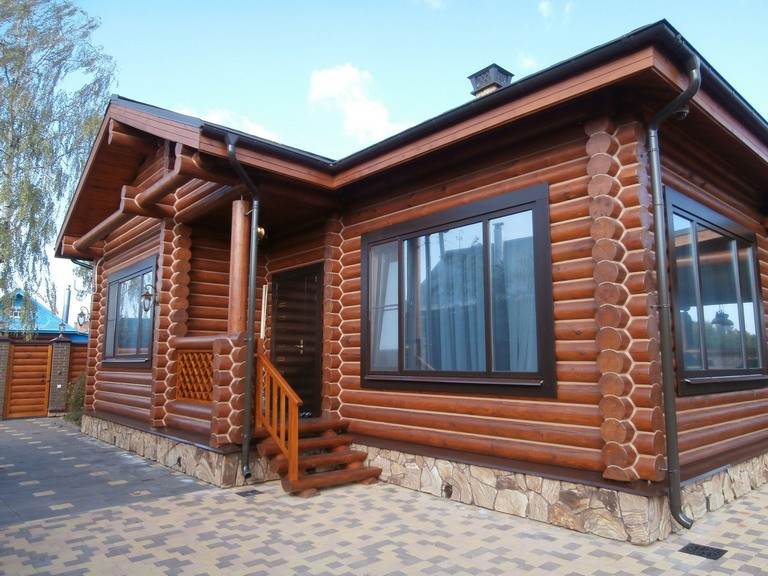 A house made of cylindered logs is not only economical to build but also requires reasonable costs for further operation. In 2024, the average annual maintenance cost of a wooden house with an area of 100-150 m² is about $500-700, which is significantly lower than for brick or stone houses of similar area.
A house made of cylindered logs is not only economical to build but also requires reasonable costs for further operation. In 2024, the average annual maintenance cost of a wooden house with an area of 100-150 m² is about $500-700, which is significantly lower than for brick or stone houses of similar area.
A small log house has good heat-saving characteristics, providing significant savings on heating. With quality construction and finishing work, the operational parameters become even better. What pleases owners is that the frame usually does not require serious maintenance in the first five years.
Temperature and humidity inside log houses are regulated naturally due to the unique properties of wood. In summer heat, a pleasant coolness is maintained inside, and in winter frosts - cozy warmth. Not always simple. But effective.
Minimal Shrinkage and Structural Features
The minimal shrinkage of cylindered logs is one of the advantages compared to regular hewn logs. Factory processing and drying reduce the natural shrinkage of wood, but it's impossible to avoid it completely. On average, the minimum shrinkage of cylindered logs is 3-5%, which is 2-3 times less than for regular logs.
A lightweight foundation for a wooden house is another opportunity for savings. Due to the relatively small weight of the log structure, lightweight types of foundations can be used, which are significantly cheaper than monolithic ones. To order a house made of cylindered logs, contact proven companies with a good reputation.
Natural building materials, such as cylindered logs, have a low carbon footprint. Log production emits 30% less CO2 than brick or concrete production. By choosing a wooden house, you contribute to environmental preservation. Is it possible to build and live in the house in winter? Absolutely - modern processing and insulation technologies make log houses comfortable at any time of the year.
| Wood species | Density (kg/m³) | Moisture resistance | Thermal insulation | Average service life | Relative cost |
|---|---|---|---|---|---|
| Pine | 520-550 | Medium | High | 50-80 years | Medium |
| Spruce | 450-500 | Medium | Very high | 40-70 years | Low |
| Cedar | 500-550 | High | High | 80-100 years | High |
| Larch | 650-700 | Very high | Medium | 100-120 years | Very high |
| Oak | 700-800 | High | Low | 100-150 years | Very high |
The choice of wood species for house construction depends on many factors: climatic conditions, budget, and personal preferences. As can be seen from the table, coniferous wood species (pine, spruce, cedar) are the optimal choice in terms of price-quality ratio. If you want to buy cylindered logs for self-construction, pay attention to pine - this is the most affordable option.
Comparative Cost of Building Houses from Various Materials
When choosing a material for house construction, it's important to understand not only its characteristics but also the financial aspects. Below is a comparative table of the cost of building houses from various materials, which will help you make an informed choice.
| Material | Material cost ($/m²) | Average construction cost ($/m²) | Construction time | Service life | Additional expenses |
|---|---|---|---|---|---|
| Cylindered log (pine) | 300-350 | 700-800 | 2-3 months | 50-80 years | Regular treatment with antiseptics, UV protection |
| Cylindered log (cedar) | 450-550 | 850-950 | 2-3 months | 80-100 years | Minimal treatment, high natural resistance |
| Cylindered log (larch) | 500-600 | 900-1000 | 2-3 months | 100-120 years | High strength, increased moisture resistance |
| Profiled beam | 280-330 | 650-750 | 1.5-2 months | 40-70 years | Potential deformations, need for additional finishing |
| Glued beam | 400-500 | 800-950 | 2-2.5 months | 70-100 years | Minimal shrinkage, high geometric accuracy |
| Frame house | 200-250 | 550-650 | 1-1.5 months | 30-60 years | Requires quality insulation and vapor barrier |
| Brick house | 350-450 | 900-1100 | 4-6 months | 100-150 years | Expensive foundation, high labor costs |
| Aerated concrete blocks | 280-350 | 750-850 | 3-4 months | 70-100 years | Requires external finishing, reinforcement is necessary |
| Monolithic construction | 450-550 | 1000-1200 | 6-8 months | 100-150 years | Most expensive foundation, complex engineering |
As can be seen from the table, pine cylindered logs offer an optimal price-quality ratio, providing a reasonable service life at medium construction costs. The choice of wood species significantly affects the cost and durability: houses made of cedar and larch cost more but have a significantly longer service life and require less maintenance costs.
Construction with cylindered logs allows for significant time savings compared to traditional technologies such as brick or monolithic construction. This is especially important for those who don't want to wait for years until their house is ready for occupancy.
Technologies and Innovations in Log Construction
Modern wood processing methods significantly increase the strength, moisture resistance, and durability of logs. In the Kyiv office of one construction company, I observed how special equipment is used to determine the optimal wood moisture for specific climatic conditions. Special impregnations and coatings are applied to protect against the destructive effects of the environment.
The latest log joining technologies allow creating solid structures without joints. The use of digital design and modeling systems helps optimize the structure and reduce material costs. In 2025, the introduction of new bio-resistant coatings for wood is expected, which will increase the service life of log houses by 30-40%.
Practical Aspects
1. Detailed Care and Maintenance Instructions
Regular care is the key to the longevity of a wooden house. When choosing cylindered logs for construction, it's important to pay attention to the quality of the material. The log should be without chips and cracks (their minimal presence is acceptable), have a natural color (blue or green shades are unacceptable), and not contain traces of pests.
It's necessary to periodically treat the wood with protective compounds against mold, fungus, and insect pests. The construction market offers many effective products that will protect your wood for a long time. Any damage, cracks, and changes in wood color should be promptly addressed. It's important to maintain air circulation between the logs, clean ventilation openings, and clear gutters.
Practical advice from specialists: when ordering cylindered logs, make sure that the material complies with GOST 30974-2002 "Corner joints of wooden beam and log low-rise buildings." This guarantees that the logs are properly dried, have accurate dimensions, and are correctly processed, which will significantly reduce construction time and improve the quality of the finished house.
2. Examples of Layouts and Interior Design
In small houses made of cylindered logs, it's necessary to intelligently distribute space. Possible options include: combining the kitchen and living room, using multifunctional transformer furniture, installing mezzanines, applying sliding partitions. In the interior, it's better to use light tones for visual space expansion. Natural materials and textures will create a cozy atmosphere.
The design is chosen according to taste; the layout can be individual, such as what young and energetic people like, who independently decide what their personal space should be like. Cylindered logs themselves are an excellent finishing material, so often the walls are left in their natural form, just covered with a protective composition. Does a log house need finishing? In most cases - no, and this is a significant saving on interior finishing.
Economic Aspect
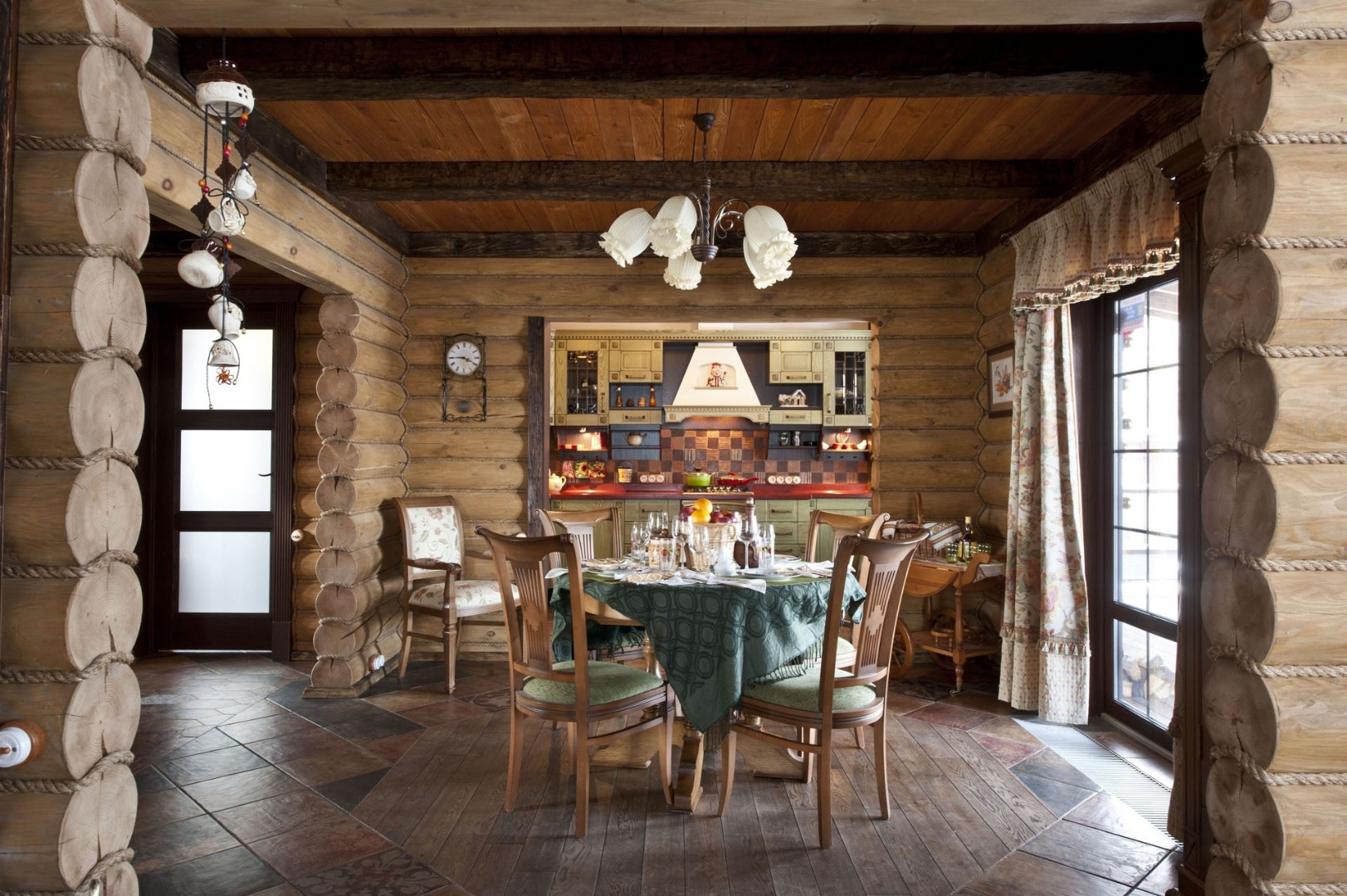
1. Comparative Cost Analysis
Building a house from cylindered logs is cheaper compared to brick or monolithic houses. The main advantage of turnkey cylindered log house construction is the low cost. The process happens quickly, economically, and is relatively uncomplicated. There is no need for an expensive and powerful foundation.
A small log house has good heat-saving characteristics, providing significant savings on heating. With quality construction and finishing work, the operational parameters become even better. What pleases owners is that the frame usually does not require serious maintenance in the first five years.
Temperature and humidity inside log houses are regulated naturally due to the unique properties of wood. In summer heat, a pleasant coolness is maintained inside, and in winter frosts - cozy warmth. Not always simple. But effective.
Less expense is required for the foundation due to the relative lightness of wooden structures. In operation, log houses have low heating costs due to the good thermal insulation properties of wood. However, they require more frequent cosmetic repairs and protective treatment.
2. Impact on Real Estate Value
Houses made of cylindered logs are usually more expensive than similar-sized houses made of other materials on the secondary market. This is due to high demand for environmentally friendly and comfortable housing. Last season, I encountered an interesting trend: wooden houses in picturesque areas were selling for 15-20% more than similar stone houses.
In the long term, wooden houses may increase in price faster due to the shortage of quality wood. Location in picturesque areas also increases the liquidity of such properties. With a competent approach to construction and maintenance, a house made of cylindered logs can become not only comfortable housing but also a profitable investment.
Conclusion
The advantages of a house made of cylindered logs make this type of construction attractive to many builders. Environmental friendliness, energy efficiency, speed of construction, and aesthetics are the key reasons for the growing popularity of log houses.
By choosing construction with cylindered logs, you get not just housing, but a house with character and soul. It's not for nothing that they say a wooden house is like a living being - it breathes, warms, creates a special atmosphere of comfort and coziness. Whether it's the style of Russian wooden house building or modern Scandinavian motifs - a log cottage is always attractive and unique.
In the end, a house made of cylindered logs is an investment not only in real estate but also in the quality of life, health, and well-being of your family for many years to come. A wooden frame combines centuries-old traditions and modern technologies, creating a perfect harmony between humans and nature.
